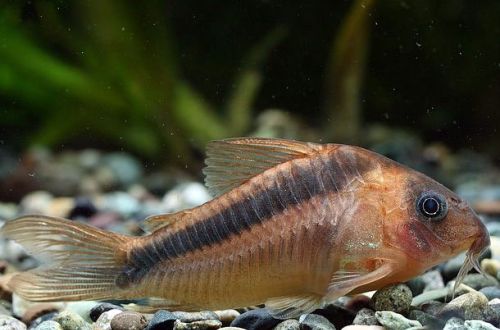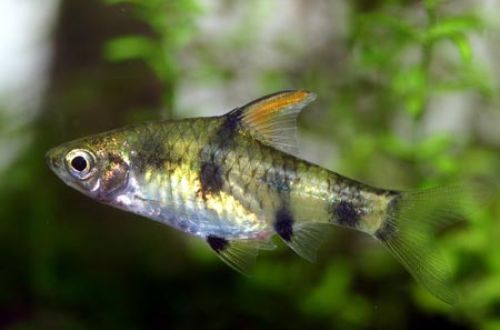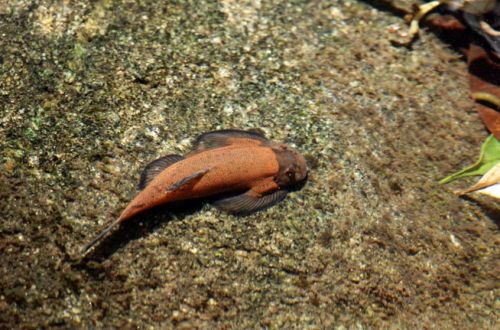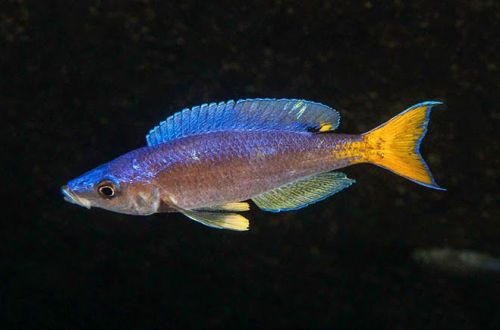
Cyprichromis leptosoma
Cyprichromis leptosoma, scientific name Cyprichromis leptosoma, belongs to the Cichlidae family. Peaceful colorful fish, compatible with many species that can live in similar conditions. Easy to keep and breed. May be recommended for beginner aquarists.

Contents
Habitat
Endemic to one of the largest lakes in Africa – Tanganyika. The lake washes 4 states at once. Tanzania and the Democratic Republic of the Congo are the longest. Fish live everywhere throughout the lake. Prefer open areas of water.
Brief information:
- The volume of the aquarium – from 110 liters.
- Temperature – 24-27°C
- Value pH — 7.8–9.0
- Water hardness – medium to high hardness (10-25 dGH)
- Substrate type – any
- Lighting – moderate
- Brackish water – no
- Water movement – weak, moderate
- The size of the fish is up to 12 cm.
- Food – any food floating on the surface
- Temperament – peaceful
- Keeping at least 8 fish in the camp
Description
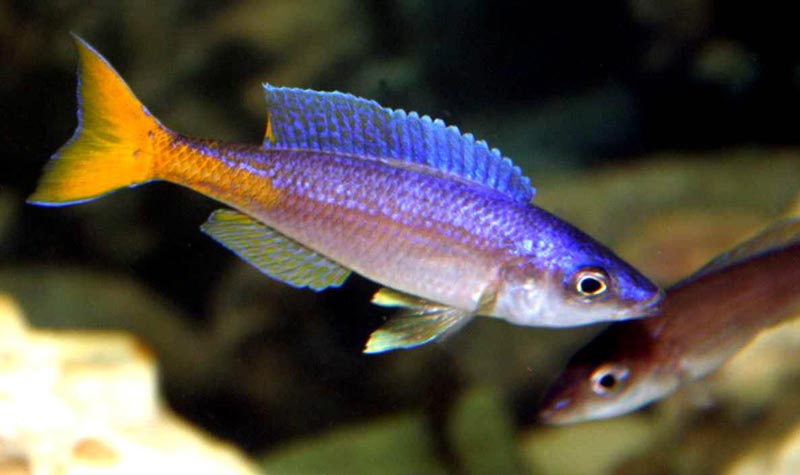
Several subspecies are supplied under the same name “Leptosoma”. Outwardly, they are practically indistinguishable, but differ in size, therefore, 12 cm is taken as the maximum length of an adult. Although many representatives of this group of fish will be much smaller. Sexual dimorphism is weakly expressed. Outwardly, males and females are difficult to distinguish from each other. The coloration of all subspecies is the same – the body and head are blue, which turns into yellow closer to the tail.
Food
In nature, it feeds on zooplankton floating in the water. In a home aquarium, it is allowed to serve dry, non-sinking food of a suitable size (the fish has a relatively small mouth). It is desirable to diversify the diet with small bloodworms, brine shrimp, daphnia in live or frozen form.
Maintenance and care, arrangement of the aquarium
The optimal size of the tank for a group of 8 or more fish starts from 110 liters. They prefer to stay in the upper layers of the water, so the design does not matter much. It should be selected based on the needs of other species living in the same aquarium. The presence of a cover will save the fish from accidentally jumping out. They become especially jumpy during the mating season.
The key to keeping Cyprichromis leptosome is to ensure high water quality with suitable hydrochemical pH and dGH values. These goals are served by a productive filtration system, regular cleaning of the aquarium from organic waste and weekly replacement of part of the water (15–20% of the volume) with fresh water.
Behavior and Compatibility
Peaceful schooling fish. It is necessary to purchase a group of about 10 individuals. They occupy the upper part of the aquarium, so they can be compatible with other non-aggressive species from Lake Tanganyika. Mbuna representatives should also be excluded from the neighbors.
Breeding / breeding
Breeding Cyprichromis leptosome does not cause big problems, but in order to preserve offspring, spawning is recommended to be carried out in a species aquarium. With the onset of the mating season, males occupy certain areas in the water column and drive away competitors who encroach on their territory. Females can freely swim throughout the volume. When the female is ready, she accepts the courtship of one of the males and releases several eggs (5-20 pieces) and immediately takes them into her mouth. Fertilization takes place inside the mouth. The male releases the seed and the female inhales it. The incubation period lasts about 4 weeks. Such gestation of eggs is characteristic of many species of Lake Tanganyika and serves as a reliable mechanism for protecting future offspring.
Fish diseases
The main cause of most diseases of cichlids from Lake Tanganyika is unsuitable housing conditions and poor quality food, which often leads to such a disease as African bloat. If the first symptoms are detected, you should check the water parameters and the presence of high concentrations of hazardous substances (ammonia, nitrites, nitrates, etc.), if necessary, bring all indicators back to normal and only then proceed with treatment. Read more about symptoms and treatments in the Aquarium Fish Diseases section.



